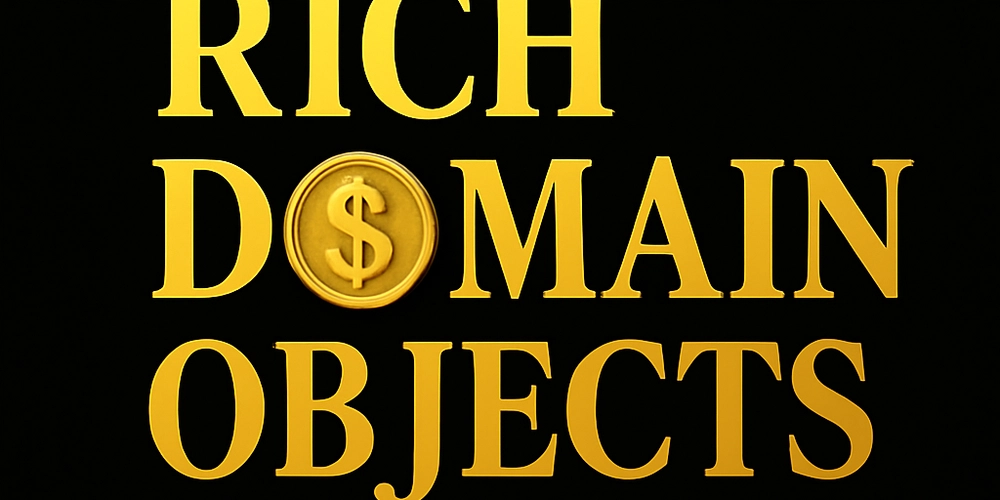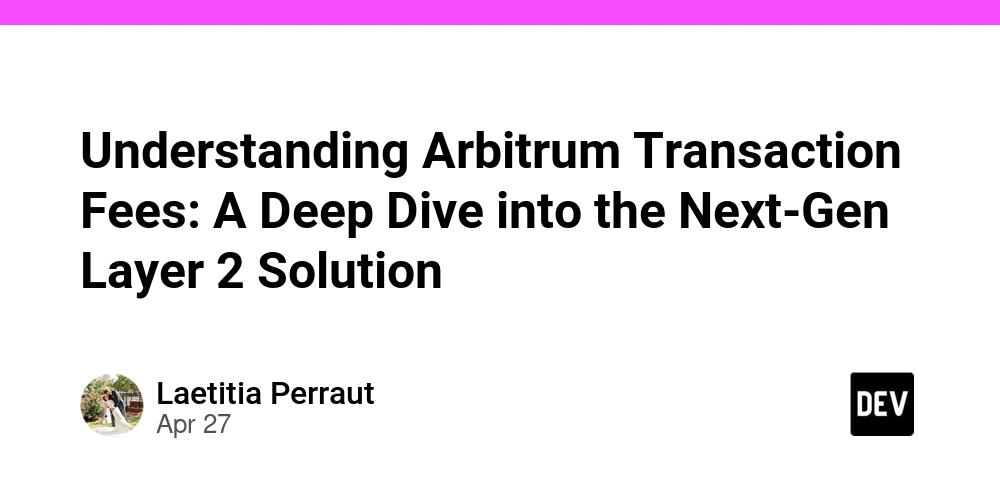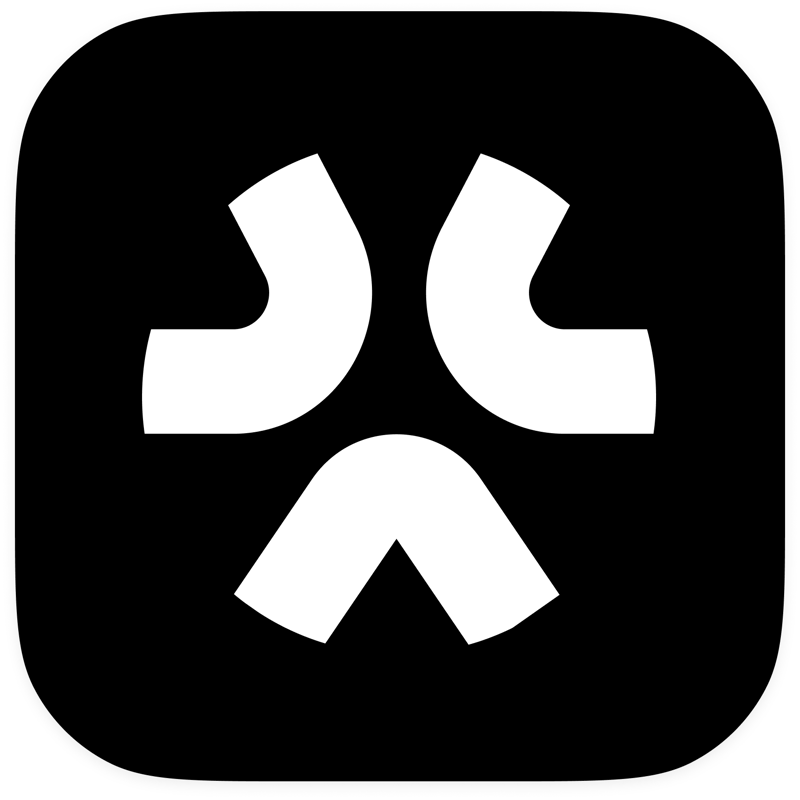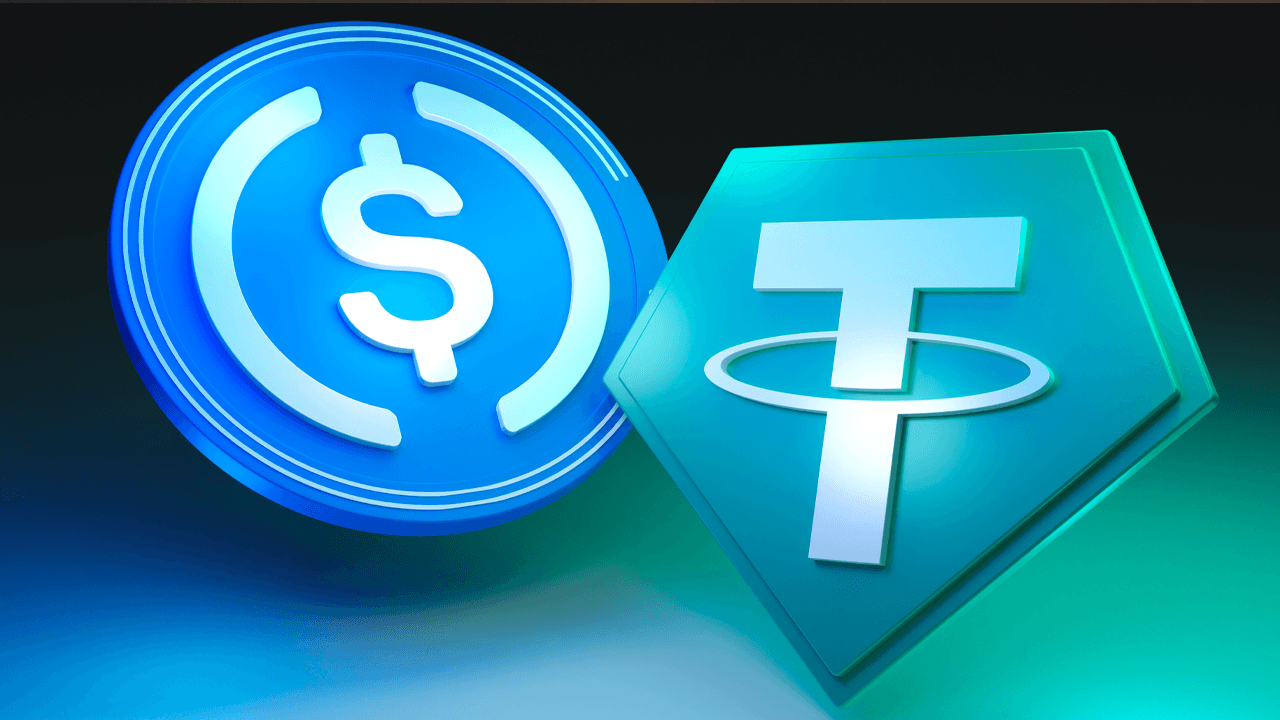Bridging Open Source Funding with Gemini's Nifty Gateway
Abstract This post explores how Gemini's Nifty Gateway is forging a path to sustainable open source software funding by utilizing blockchain technology and NFTs. We dive into the background of open source development, detail the core concepts behind tokenized contributions, outline practical use cases, and assess challenges and future innovations. With insights from supporting articles and community voices, this post offers a comprehensive look at how blockchain-based solutions can bridge funding gaps and create a thriving ecosystem for developers worldwide. Introduction Open source software (OSS) is the driving force behind much of today’s technological innovation. Yet, consistent funding remains a perennial challenge. Gemini’s Nifty Gateway is emerging as a potential game-changer by bringing blockchain and NFTs into the funding equation. By tokenizing contributions and fostering community investment, the platform offers innovative financial mechanisms that could help sustain projects that traditionally struggle to secure adequate resources. This blog post explains the relevance of blockchain and NFT technology in addressing OSS funding challenges. We explore the evolution of these technologies, the opportunities they present, and how initiatives such as Gemini's Nifty Gateway aim to revolutionize the open source funding landscape. In doing so, we also reference key resources including blockchain for open source funding and ethical funding methods. Background and Context The Evolution of Open Source Funding Open source software development has historically relied on voluntary contributions from a global community, with funding often coming from donations, sponsorships, or, more recently, crowd-based models. However, conventional methods have struggled to provide a consistent revenue stream. The integration of blockchain into the open source funding model enables a more transparent, secure, and efficient way to monetize contributions. Blockchain, NFTs, and Their Role in Funding OSS Blockchain technology provides decentralized solutions that ensure integrity and transparency. NFTs (non-fungible tokens) offer a method to represent unique assets on a blockchain, making it possible to formalize achievements, contributions, and milestones within OSS projects. With platforms like Nifty Gateway and tokenized open source licensing, contributors can monetize their work, while investors and sponsors receive verifiable digital assets in return. This sets the stage for a new financial paradigm in open source sustainability. Historical Context and the Ecosystem The open source ecosystem has grown in parallel with technological advances. Over time, progressive developers have experimented with new licensing models and funding approaches: Traditional Donation Models: Relying on sporadic donations and grants. Corporate Sponsorships: Increasingly used but often tied to proprietary interests. Blockchain-based Funding: Recently emerging, providing innovative ways to support developers without compromising OSS principles. This evolution has been discussed in articles such as innovative funding for open source projects. Core Concepts and Features Gemini’s Nifty Gateway offers several key features that help bridge the funding gap in OSS: 1. Tokenized Contributions Developers can now mint NFTs representing their contributions: Unique Digital Certificates: Each NFT serves as a digital certificate of a developer’s contribution. Tradability on Marketplaces: NFTs can be bought, sold, and tracked, providing liquidity and investment potential. Monetary Reward: As these tokens appreciate in value, contributors may profit from their work. 2. Project Milestone NFTs Developers can tokenize significant project milestones: Commemorative Tokens: Marking achievements such as stable releases, feature launches, or security updates. Incentive Structures: Encouraging continuous improvement and active community participation. Community Engagement: Milestones become a rallying point for the developer community. 3. Exclusive Features via NFTs NFTs can offer buyers additional benefits: Access to Beta Features: Early access or exclusive functionalities. Voting Rights: A mechanism to participate in decision-making processes related to project direction. Branding Opportunities: Sponsors may secure branding rights, linking their name to high-quality open source projects. 4. Corporate Sponsorship and NFT Ownership Companies can leverage NFT-based sponsorship: Enhanced Visibility: Corporate sponsors get digital recognition for supporting innovation. Alignment with Blockchain Innovation: Companies benefit from enhanced credibility and association with cutting-edge technology. Innovative Licensing Models: As discussed in these resources, ethical approaches to funding ensure that project values are n

Abstract
This post explores how Gemini's Nifty Gateway is forging a path to sustainable open source software funding by utilizing blockchain technology and NFTs. We dive into the background of open source development, detail the core concepts behind tokenized contributions, outline practical use cases, and assess challenges and future innovations. With insights from supporting articles and community voices, this post offers a comprehensive look at how blockchain-based solutions can bridge funding gaps and create a thriving ecosystem for developers worldwide.
Introduction
Open source software (OSS) is the driving force behind much of today’s technological innovation. Yet, consistent funding remains a perennial challenge. Gemini’s Nifty Gateway is emerging as a potential game-changer by bringing blockchain and NFTs into the funding equation. By tokenizing contributions and fostering community investment, the platform offers innovative financial mechanisms that could help sustain projects that traditionally struggle to secure adequate resources.
This blog post explains the relevance of blockchain and NFT technology in addressing OSS funding challenges. We explore the evolution of these technologies, the opportunities they present, and how initiatives such as Gemini's Nifty Gateway aim to revolutionize the open source funding landscape. In doing so, we also reference key resources including blockchain for open source funding and ethical funding methods.
Background and Context
The Evolution of Open Source Funding
Open source software development has historically relied on voluntary contributions from a global community, with funding often coming from donations, sponsorships, or, more recently, crowd-based models. However, conventional methods have struggled to provide a consistent revenue stream. The integration of blockchain into the open source funding model enables a more transparent, secure, and efficient way to monetize contributions.
Blockchain, NFTs, and Their Role in Funding OSS
Blockchain technology provides decentralized solutions that ensure integrity and transparency. NFTs (non-fungible tokens) offer a method to represent unique assets on a blockchain, making it possible to formalize achievements, contributions, and milestones within OSS projects. With platforms like Nifty Gateway and tokenized open source licensing, contributors can monetize their work, while investors and sponsors receive verifiable digital assets in return. This sets the stage for a new financial paradigm in open source sustainability.
Historical Context and the Ecosystem
The open source ecosystem has grown in parallel with technological advances. Over time, progressive developers have experimented with new licensing models and funding approaches:
- Traditional Donation Models: Relying on sporadic donations and grants.
- Corporate Sponsorships: Increasingly used but often tied to proprietary interests.
- Blockchain-based Funding: Recently emerging, providing innovative ways to support developers without compromising OSS principles.
This evolution has been discussed in articles such as innovative funding for open source projects.
Core Concepts and Features
Gemini’s Nifty Gateway offers several key features that help bridge the funding gap in OSS:
1. Tokenized Contributions
Developers can now mint NFTs representing their contributions:
- Unique Digital Certificates: Each NFT serves as a digital certificate of a developer’s contribution.
- Tradability on Marketplaces: NFTs can be bought, sold, and tracked, providing liquidity and investment potential.
- Monetary Reward: As these tokens appreciate in value, contributors may profit from their work.
2. Project Milestone NFTs
Developers can tokenize significant project milestones:
- Commemorative Tokens: Marking achievements such as stable releases, feature launches, or security updates.
- Incentive Structures: Encouraging continuous improvement and active community participation.
- Community Engagement: Milestones become a rallying point for the developer community.
3. Exclusive Features via NFTs
NFTs can offer buyers additional benefits:
- Access to Beta Features: Early access or exclusive functionalities.
- Voting Rights: A mechanism to participate in decision-making processes related to project direction.
- Branding Opportunities: Sponsors may secure branding rights, linking their name to high-quality open source projects.
4. Corporate Sponsorship and NFT Ownership
Companies can leverage NFT-based sponsorship:
- Enhanced Visibility: Corporate sponsors get digital recognition for supporting innovation.
- Alignment with Blockchain Innovation: Companies benefit from enhanced credibility and association with cutting-edge technology.
- Innovative Licensing Models: As discussed in these resources, ethical approaches to funding ensure that project values are not compromised (ethical funding methods).
Table: Comparison of Traditional Funding vs. Tokenized OSS Funding
| Funding Aspect | Traditional Model | Tokenized (NFT) Model |
|---|---|---|
| Transparency | Often opaque, irregular | Blockchain provides verifiable records |
| Monetary Inflow | Volatile donations and grants | Liquidity through NFT sales and trading |
| Incentives for Contributors | Minimal recognition beyond donations | Digital asset awards and exclusive perks |
| Community Engagement | Limited, relies on community goodwill | Gamified milestones and voting rights |
| Corporate Sponsorship | Traditional sponsorship deals | Innovative branding and token ownership |
Applications and Use Cases
The integration of Gemini’s Nifty Gateway into OSS funding is already inspiring several practical applications.
Use Case 1: Monetizing Developer Contributions
Developers can mint NFTs as proof of their innovative contributions. These NFTs, unique by design, provide:
- A verifiable record of work.
- Liquidity that allows developers to sell or trade their digital assets.
- A means to attract corporate sponsorships, as sponsors gain a stake in the project’s success.
For instance, a successful OSS project may issue a limited edition NFT series upon achieving critical project milestones. Interested backers can purchase these NFTs, simultaneously supporting the project and gaining potential long-term value growth.
Use Case 2: Crowdfunding via NFT Auctions
An OSS project might host an NFT auction to raise funds:
- Digital Collectibles: Releases limited edition tokens that represent the project’s value.
- Multi-Stakeholder Involvement: Both individual contributors and large organizations can participate.
- Innovative Revenue Streams: Auction proceeds can be allocated to essential development and maintenance costs.
Use Case 3: Sponsorship and Community Rewards
Companies looking to showcase their commitment to open source can purchase NFTs, effectively sponsoring projects:
- Brand Association: Their sponsorship is memorialized as a unique token.
- Community Voting Rights: Sponsors can be granted privileges such as input on funding priorities.
- Enhanced Investor Relations: The transparent nature of NFTs reassures stakeholders of responsible funding practices.
These applications have been echoed in discussions on platforms like Exploring Blockchain and Open Source: Revolutionizing Innovation and The Future of Crowdfunding Open Source Projects with Blockchain.
Challenges and Limitations
While the potential is enormous, several challenges need consideration:
Market Volatility
- NFT Market Fluctuations: NFT prices can be volatile, affecting funding stability.
- Economic Downturns: Broader market conditions may impact investor sentiment.
Intellectual Property and Licensing Concerns
- Legal Complexities: Aligning NFTs with open source licenses requires careful legal review.
- Maintaining Open Source Ethos: The risk that monetization strategies could shift project goals away from community benefit.
Ethical and Operational Considerations
- Community Integrity: Financial incentives must not compromise the altruistic and collaborative nature of open source.
- Operational Overhead: Balancing the technical demands of blockchain integrations with the core objectives of software development can be challenging.
Developers and funding communities have addressed some of these issues in discussions such as open source licensing challenges and solutions.
Bullet List: Key Challenges in NFT Funding for OSS
- Market Volatility: Risk of fluctuating token values.
- IP Alignment: Ensuring NFT tokens comply with open source licenses.
- Ethical Dilemmas: Balancing financial incentives and community values.
- Technical Integration: Integrating blockchain seamlessly with development workflows.
- Regulatory Uncertainty: Navigating the legal landscape around digital assets.
Future Outlook and Innovations
The future of blockchain funding for open source projects appears promising, with several trends and innovations likely to shape the ecosystem.
Advancements in Blockchain Infrastructure
- Layer 2 Scaling Solutions: Improvements in scalability and transaction speeds will reduce costs and increase accessibility.
- Interoperability: The ability to interact seamlessly with other blockchain networks ensures broader adoption.
- Security Enhancements: Continuous advancements in smart contract security are critical for long-term trust and sustainability.
Integration with Traditional Funding Models
- Hybrid Models: Combining traditional funding (e.g., grants, corporate sponsorships) with blockchain-based solutions may provide stable revenue streams.
- Regulatory Clarity: As governments and regulators catch up with blockchain technology, clearer guidelines will benefit both developers and sponsors.
Community-Driven Innovations
- DAO Governance: Decentralized Autonomous Organizations (DAOs) can be integrated to empower community voting and decision-making.
- Open Source Rewards Platforms: Emerging platforms aim to connect developers with funding opportunities using token-based incentives.
- Collaborative Ecosystems: More projects are likely to adopt collective funding models—creating pools of resources that benefit multiple interconnected projects.
Industry Collaborations and Thought Leadership
Major companies and community leaders are beginning to recognize the benefits of sustainable OSS funding. Articles like Unlocking the Future of Finance with Blockchain Tokenization and Empowering Innovation: The Role of Open Source Project Sponsorship Platforms underline the industry's commitment to evolving these models. Collaborative efforts between developers, corporations, and governments will likely lead to best practices that balance innovation with ethical funding.
Summary
Gemini’s Nifty Gateway represents a promising intersection between blockchain innovation and open source development. The platform’s use of NFTs to tokenize contributions, honor project milestones, and facilitate corporate sponsorships offers a novel approach to addressing funding gaps. Despite the challenges—such as market volatility, legal complexities, and potential ethical pitfalls—the future outlook is bright. With advancing blockchain technologies, hybrid funding models, and increased community engagement, there is significant potential to create a sustainable, vibrant ecosystem for OSS.
By bridging traditional funding models with decentralized, blockchain-driven methods, projects no longer need to rely solely on sporadic donations or uncertain sponsorship deals. Instead, with platforms like Gemini’s Nifty Gateway and support from the community, open source developers can enjoy a more robust and equitable financial ecosystem.
Additional Resources and References
For readers looking to delve deeper into these topics, consider exploring:
- Blockchain for Open Source Funding
- Nifty Gateway and Tokenized Open Source Licensing
- Open Source Licensing Challenges and Solutions
- Innovative Funding for Open Source Projects
Additional insights on blockchain and open source innovation can be found on Dev.to:
- Exploring Blockchain and Open Source: Revolutionizing Innovation
- Unlocking the Future of Finance with Blockchain Tokenization
- The Future of Crowdfunding Open Source Projects with Blockchain
- Empowering Innovation: The Role of Open Source Project Sponsorship Platforms
Final Thoughts
Blockchain technology and NFTs are not just buzzwords—they represent a transformative approach to ensuring that open source projects remain sustainable, innovative, and inclusive. By leveraging platforms like Gemini’s Nifty Gateway, developers can unlock entirely new revenue streams and preserve the revolutionary spirit of OSS.
As the funding landscape continues to evolve, embracing these innovations may lead to:
- Greater financial stability for developers.
- Increased transparency in funding allocation.
- More equitable distribution of rewards and recognition.
This new paradigm holds great promise for the future of open source development, ensuring that technological progress remains a collaborative, community-driven effort. With clear strategies, ongoing innovation, and ethical considerations, the blockchain revolution in funding is set to empower developers worldwide to continue building the digital foundations of tomorrow.
The journey to bridging open source funding is ongoing—one NFT, one blockchain transaction at a time.
Happy coding, and may your contributions continue to power the future of technology!





































































































































































![[The AI Show Episode 145]: OpenAI Releases o3 and o4-mini, AI Is Causing “Quiet Layoffs,” Executive Order on Youth AI Education & GPT-4o’s Controversial Update](https://www.marketingaiinstitute.com/hubfs/ep%20145%20cover.png)




























































































































![[FREE EBOOKS] Learn Computer Forensics — 2nd edition, AI and Business Rule Engines for Excel Power Users & Four More Best Selling Titles](https://www.javacodegeeks.com/wp-content/uploads/2012/12/jcg-logo.jpg)





![From Art School Drop-out to Microsoft Engineer with Shashi Lo [Podcast #170]](https://cdn.hashnode.com/res/hashnode/image/upload/v1746203291209/439bf16b-c820-4fe8-b69e-94d80533b2df.png?#)






































































































(1).jpg?#)































_Inge_Johnsson-Alamy.jpg?width=1280&auto=webp&quality=80&disable=upscale#)











































































































![Apple to Split iPhone Launches Across Fall and Spring in Major Shakeup [Report]](https://www.iclarified.com/images/news/97211/97211/97211-640.jpg)
![Apple to Move Camera to Top Left, Hide Face ID Under Display in iPhone 18 Pro Redesign [Report]](https://www.iclarified.com/images/news/97212/97212/97212-640.jpg)
![Apple Developing Battery Case for iPhone 17 Air Amid Battery Life Concerns [Report]](https://www.iclarified.com/images/news/97208/97208/97208-640.jpg)
![AirPods 4 On Sale for $99 [Lowest Price Ever]](https://www.iclarified.com/images/news/97206/97206/97206-640.jpg)
































![[Updated] Samsung’s 65-inch 4K Smart TV Just Crashed to $299 — That’s Cheaper Than an iPad](https://www.androidheadlines.com/wp-content/uploads/2025/05/samsung-du7200.jpg)




































































